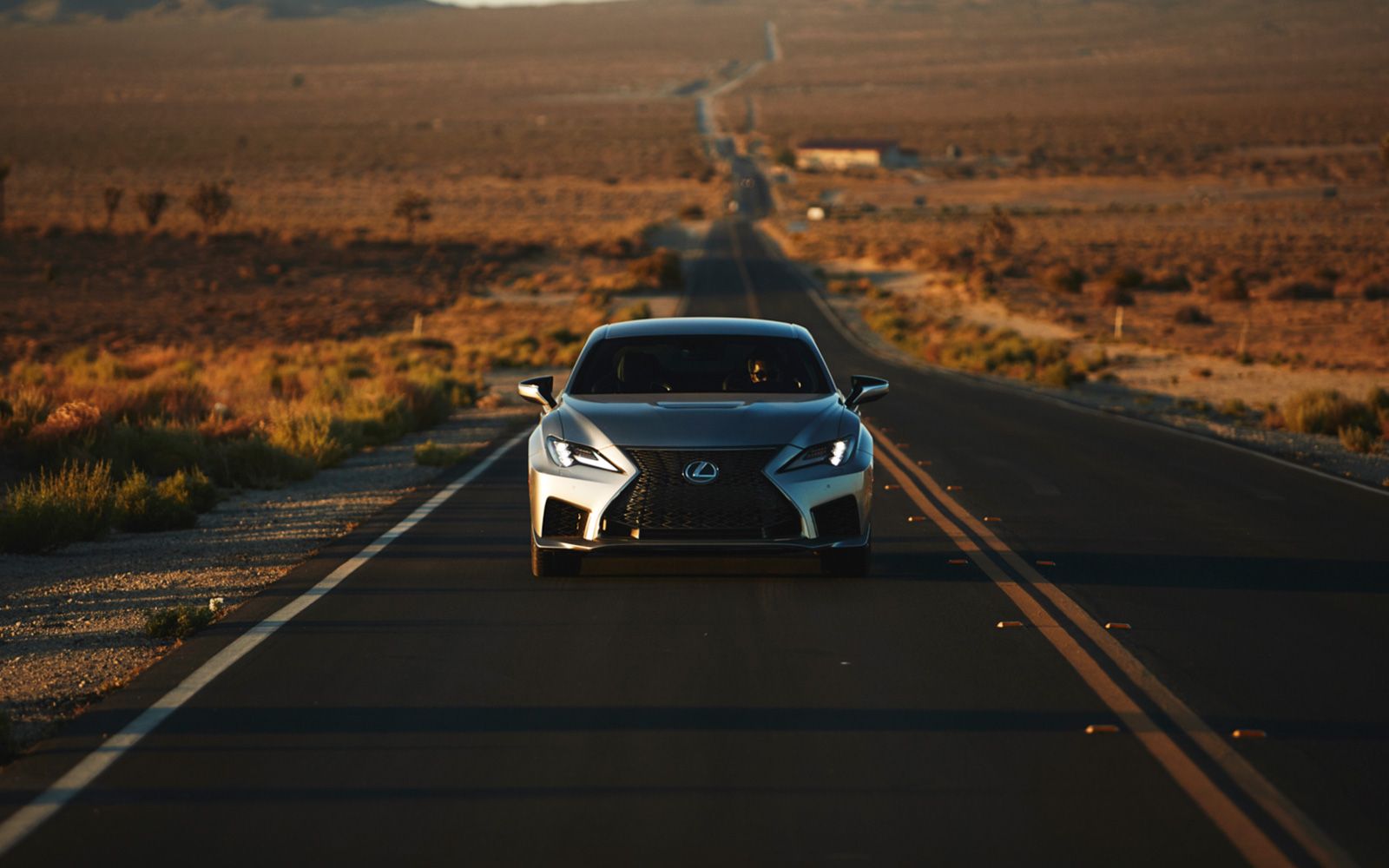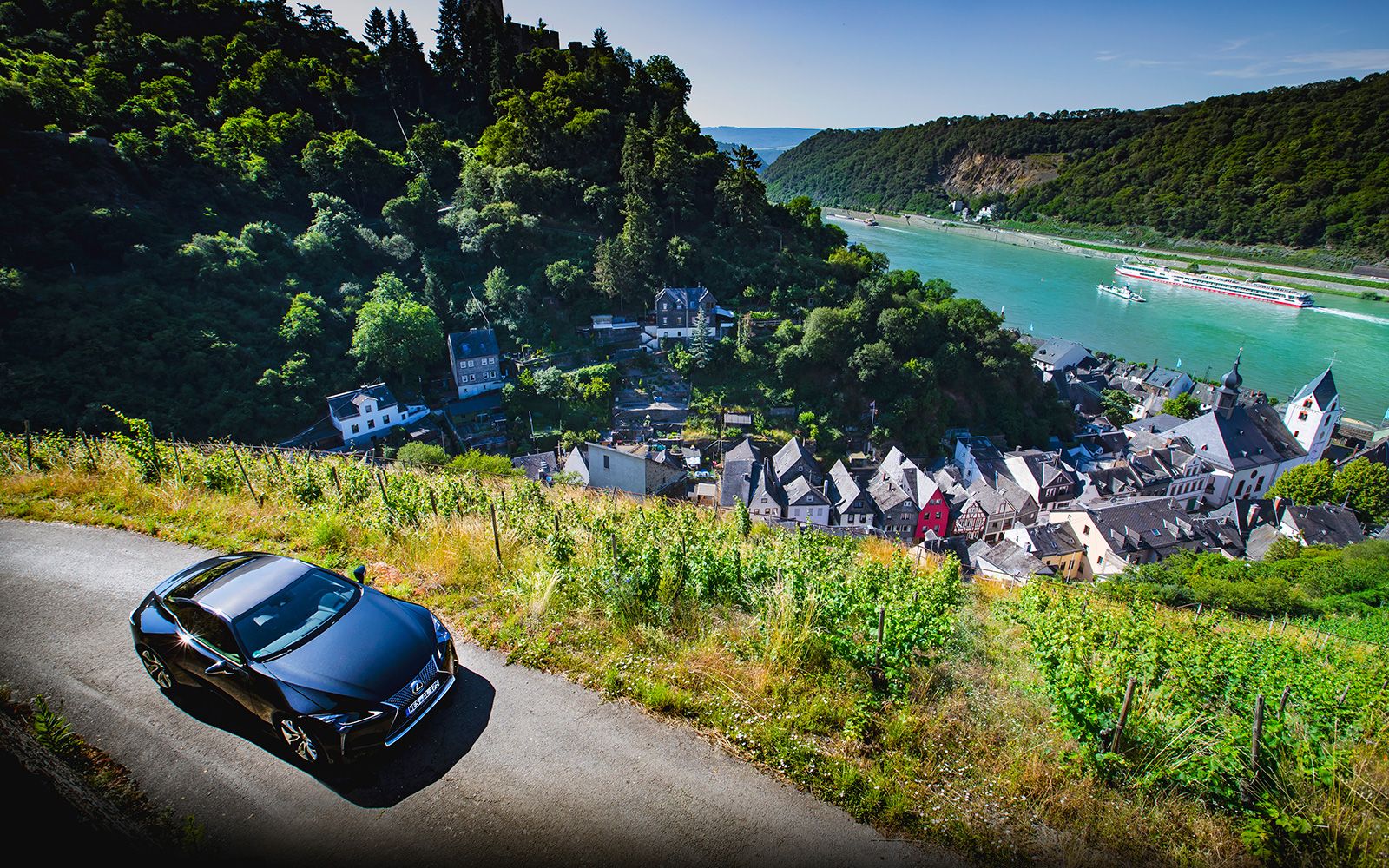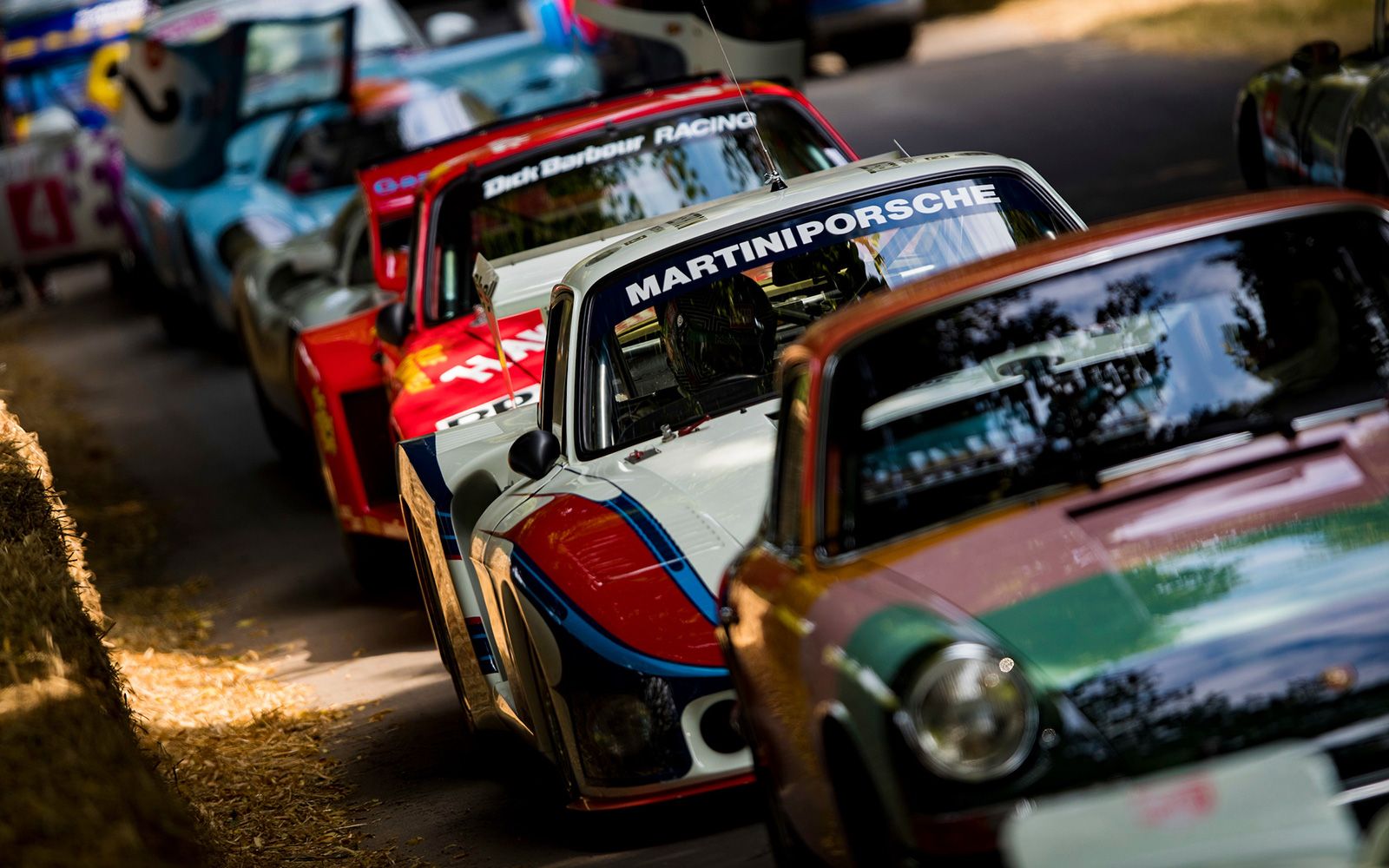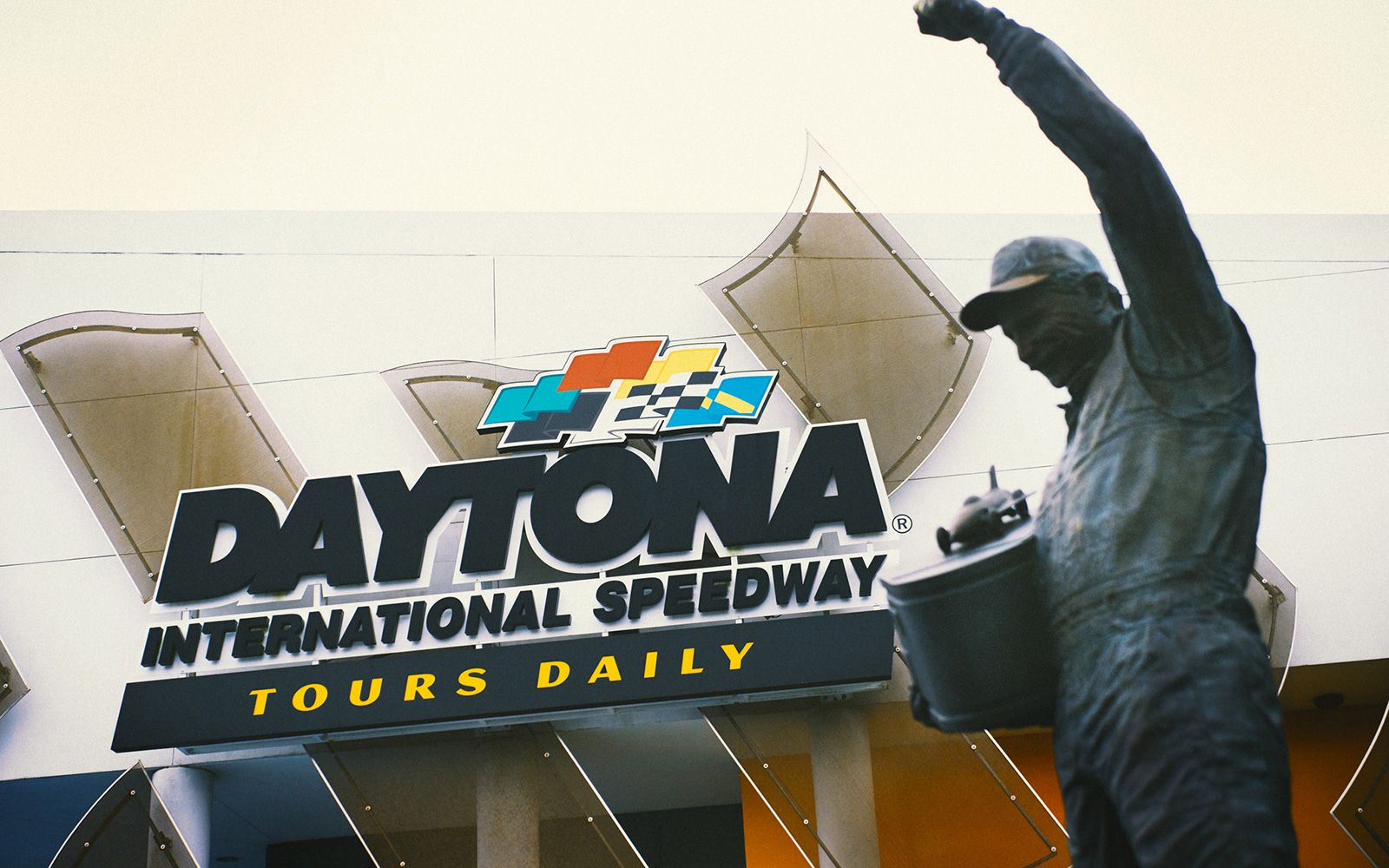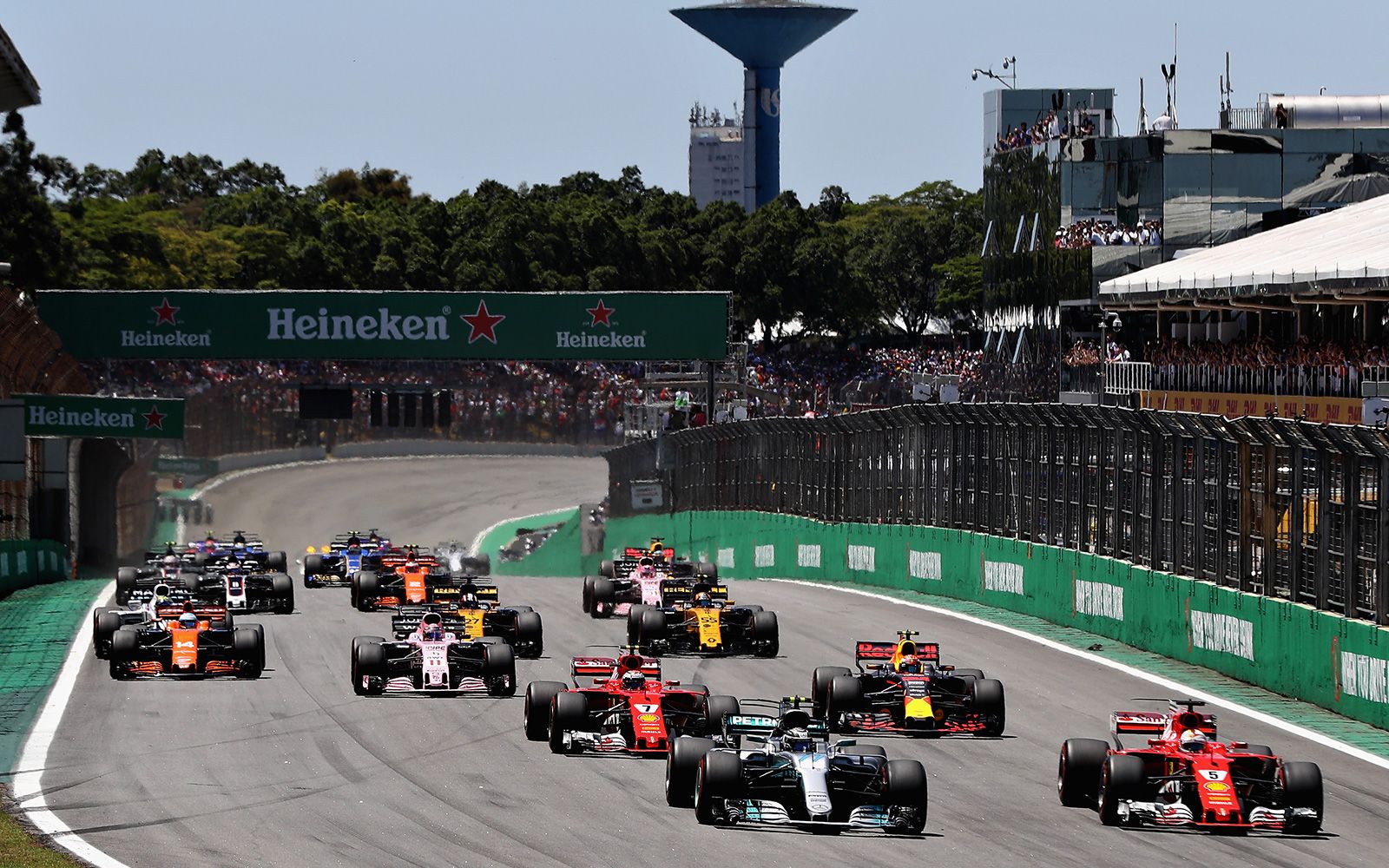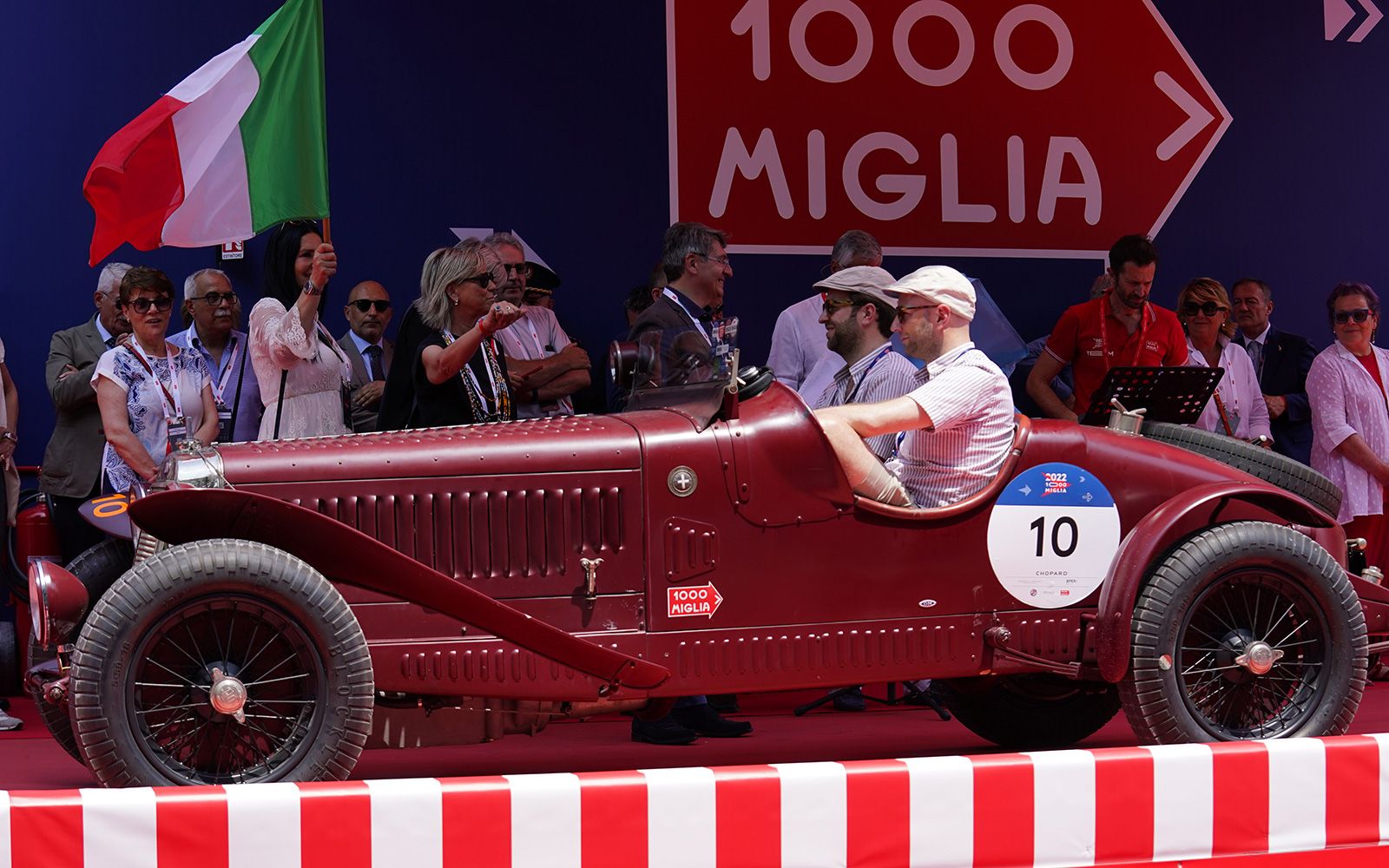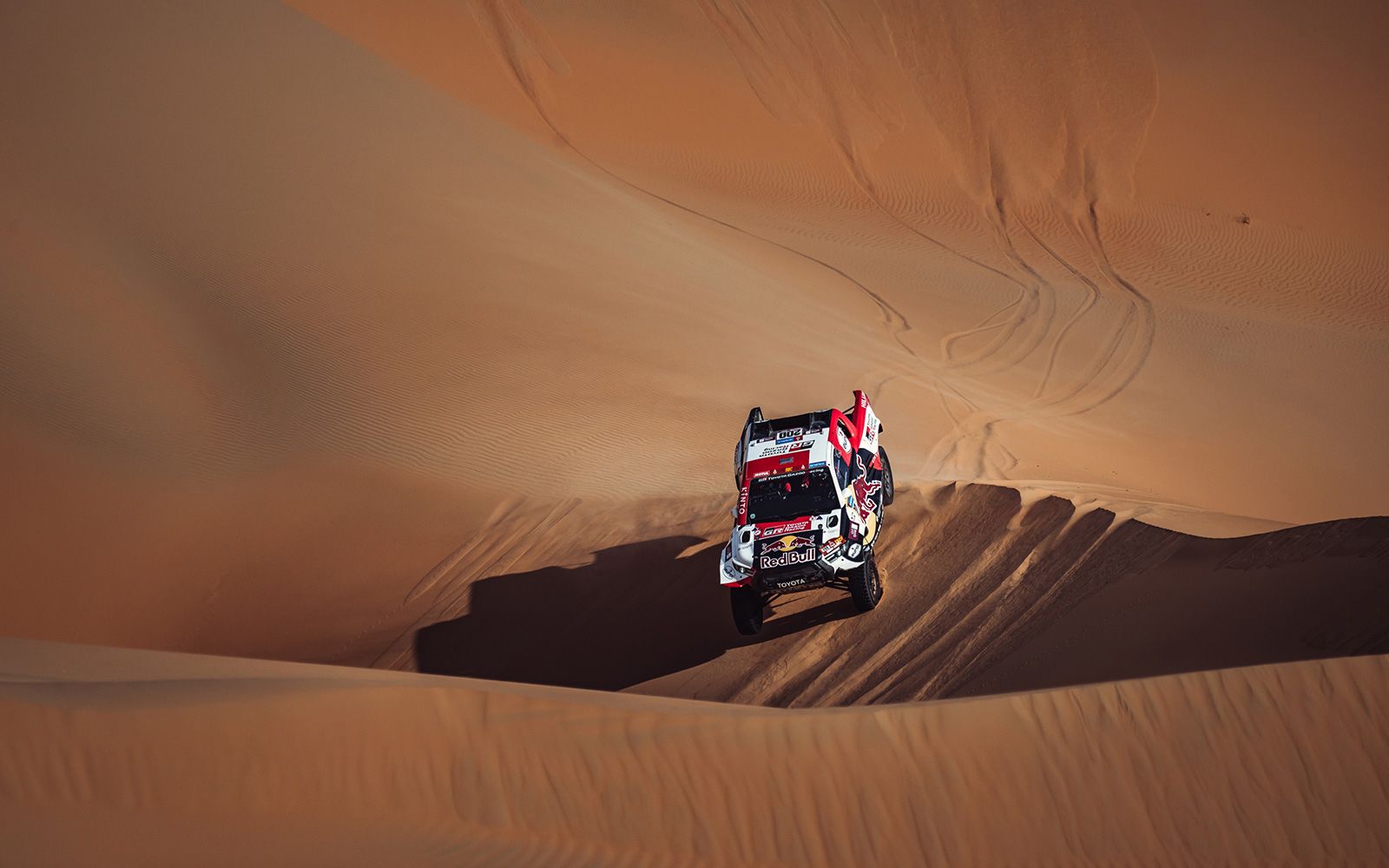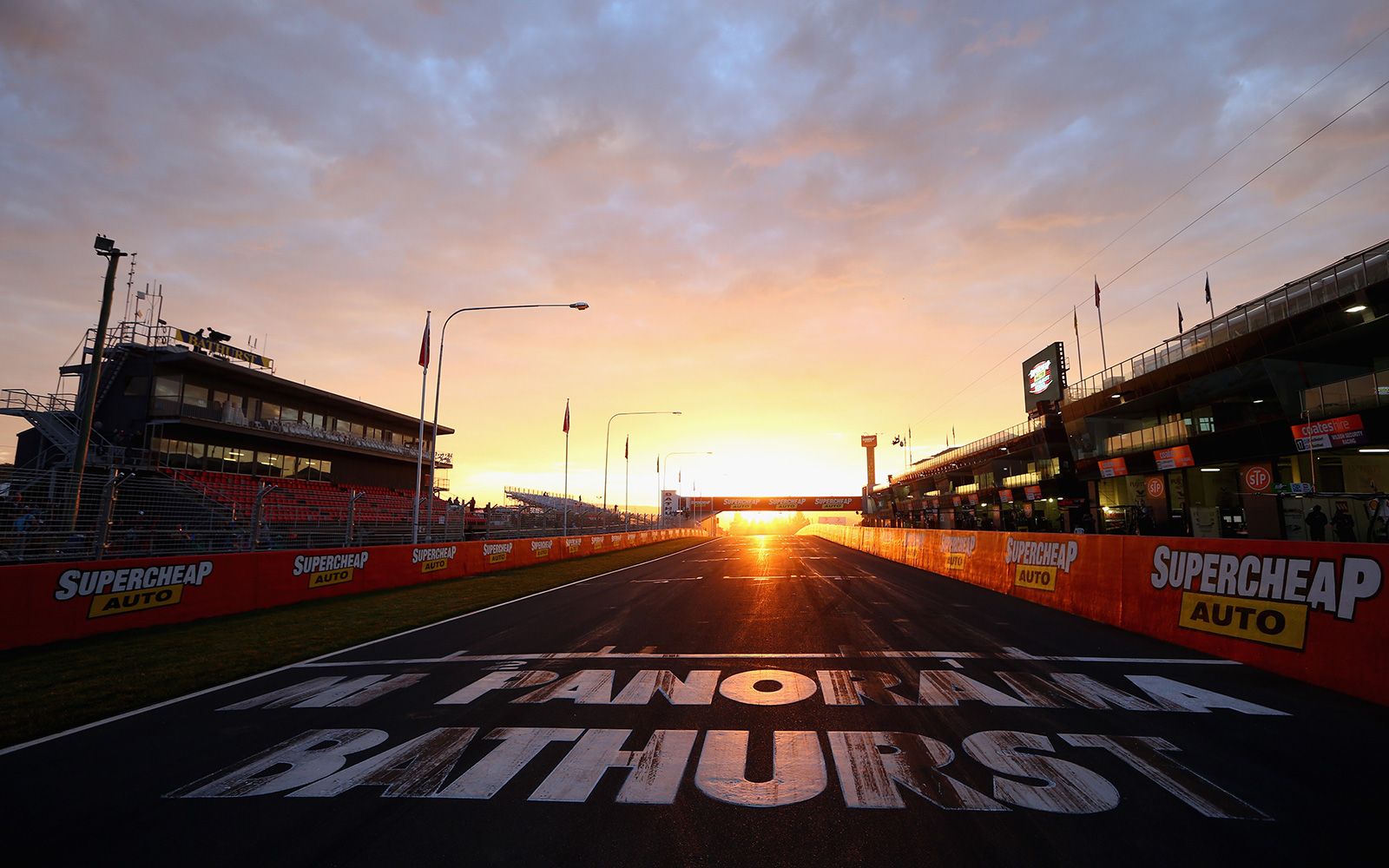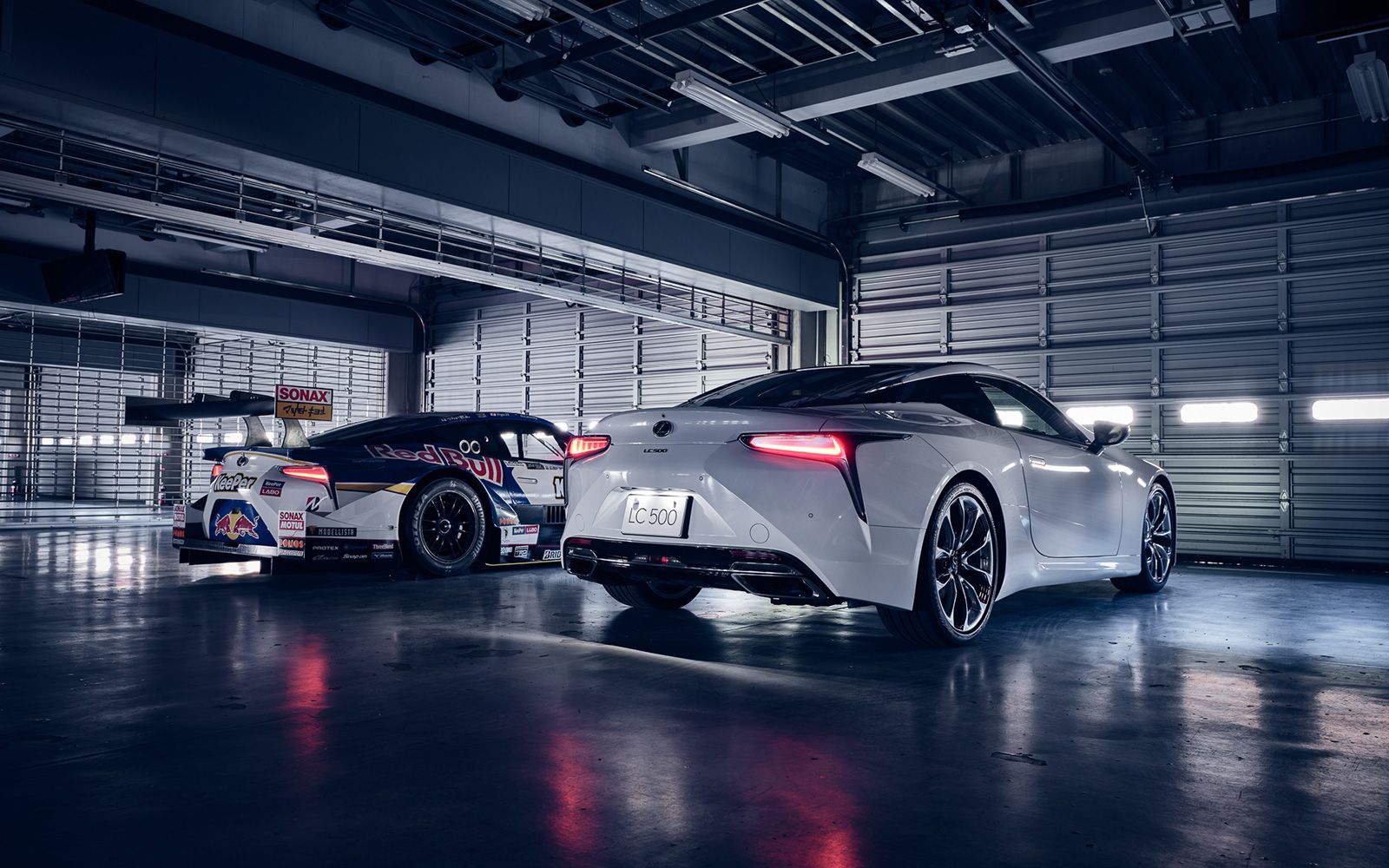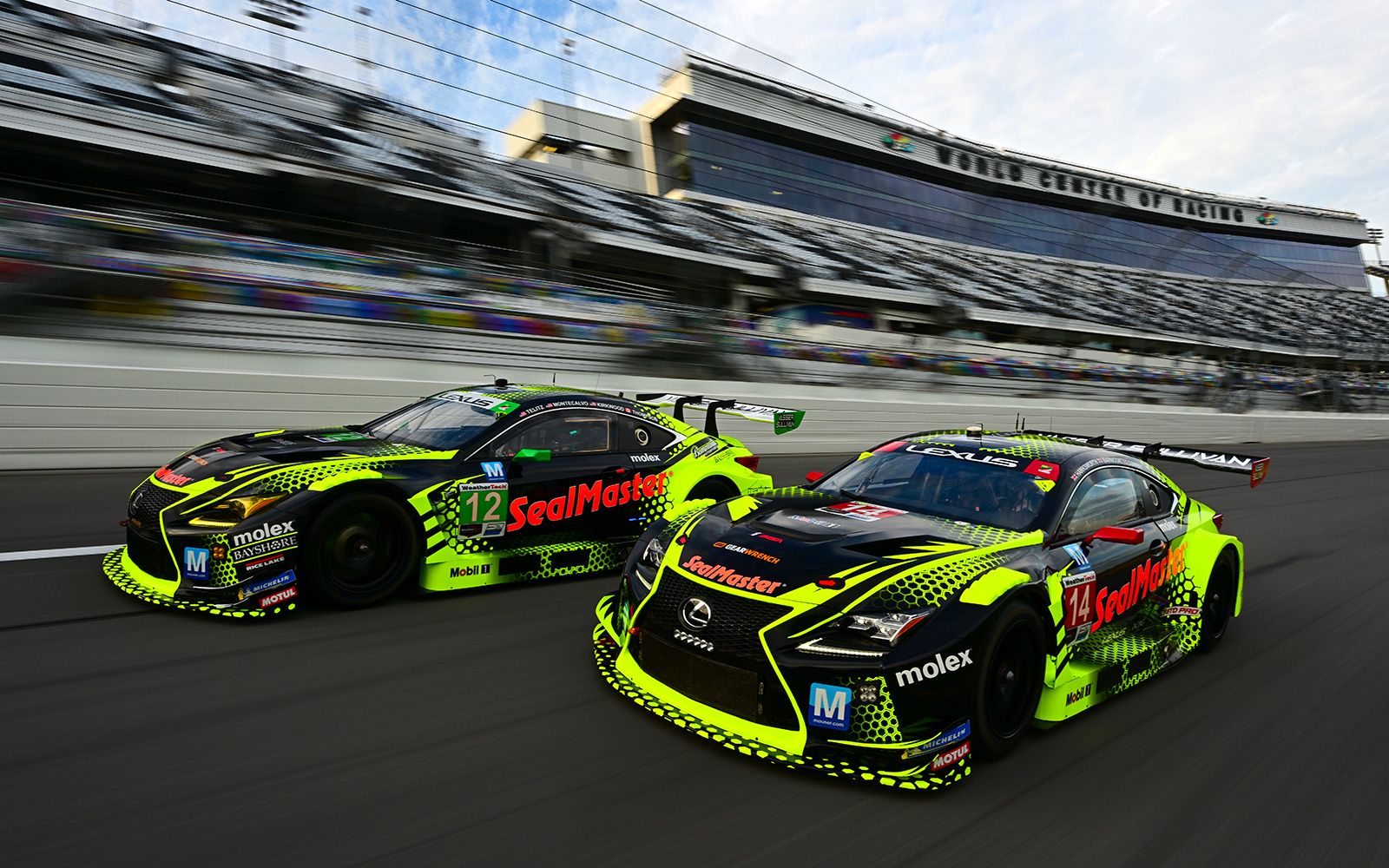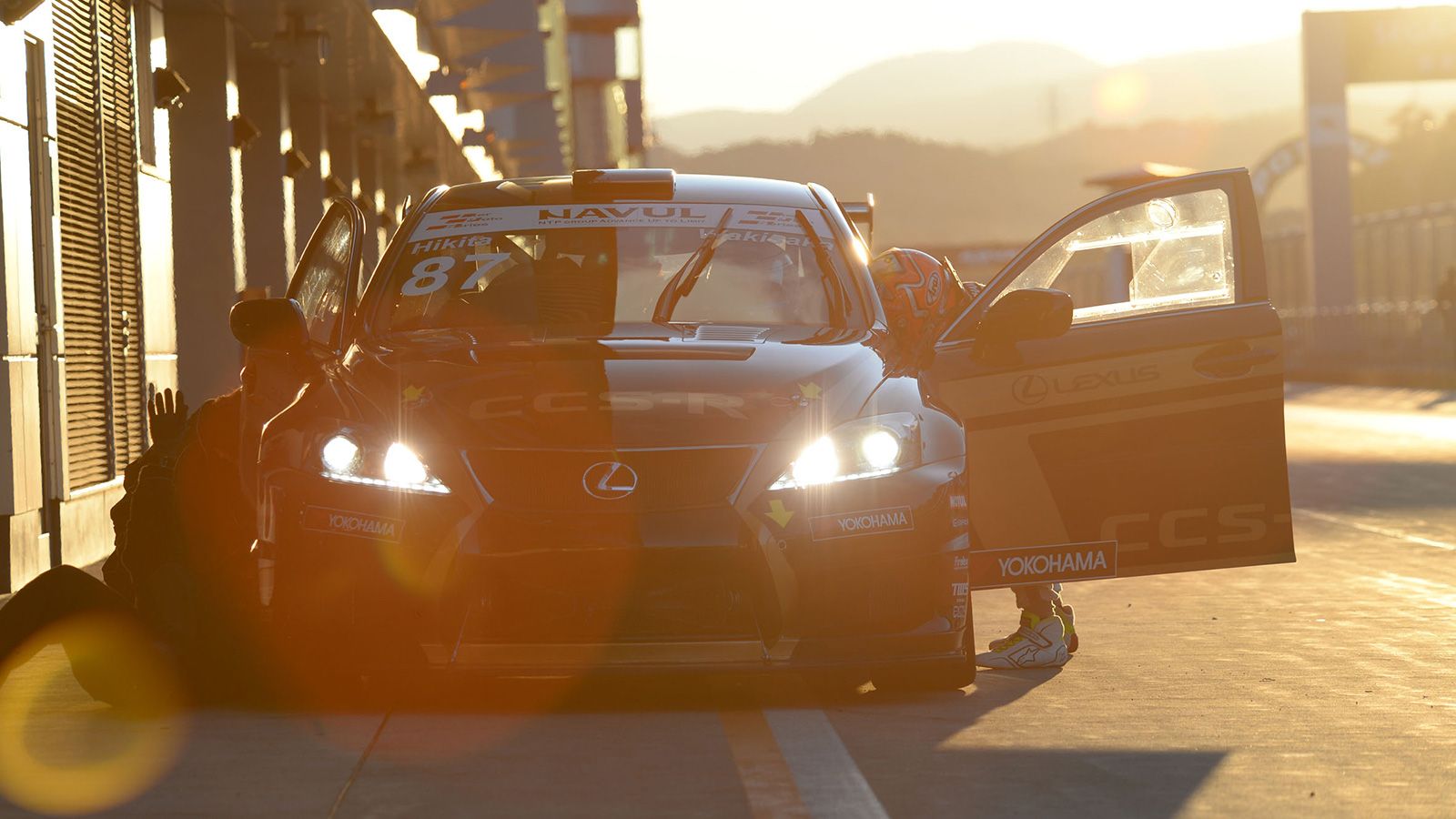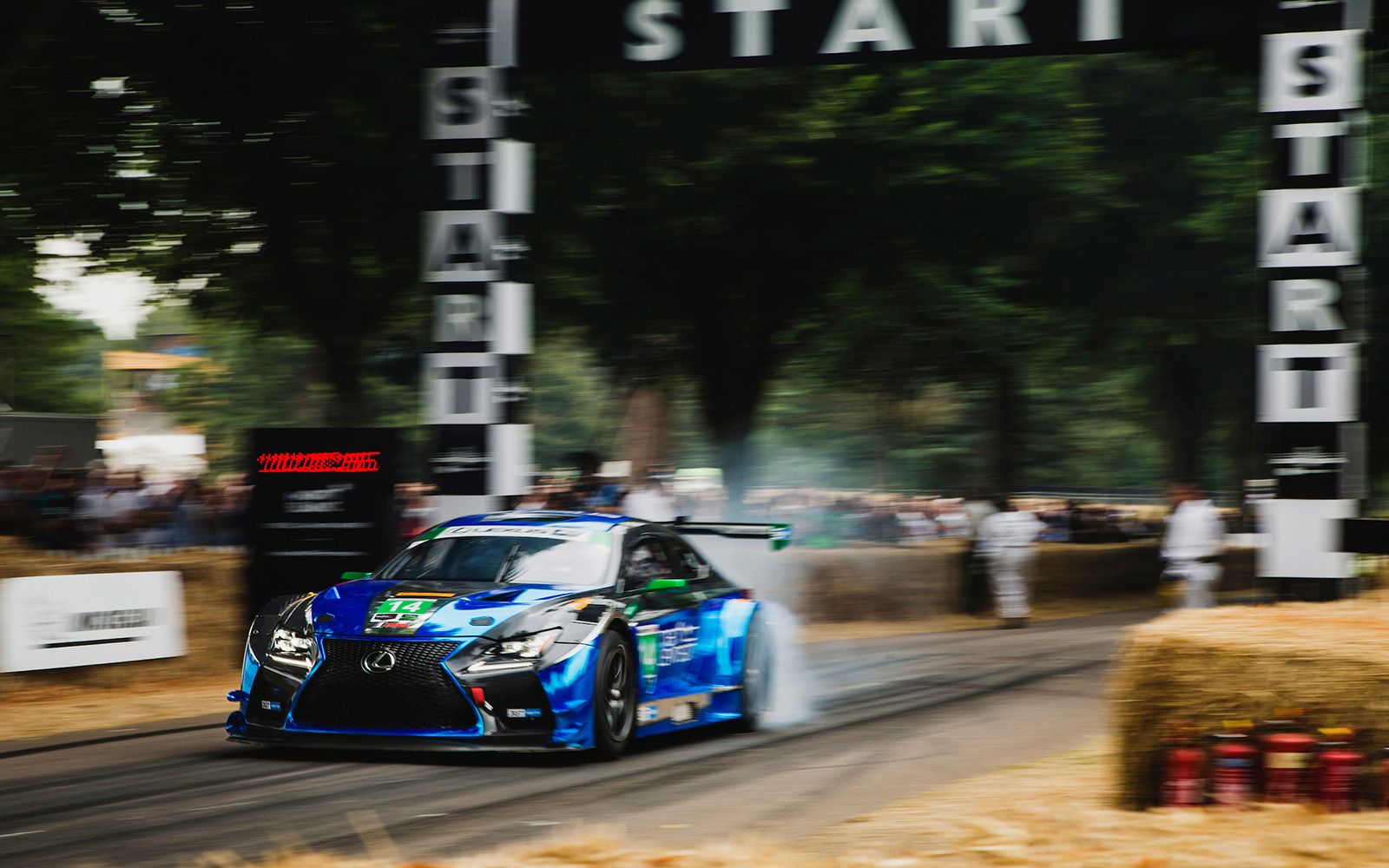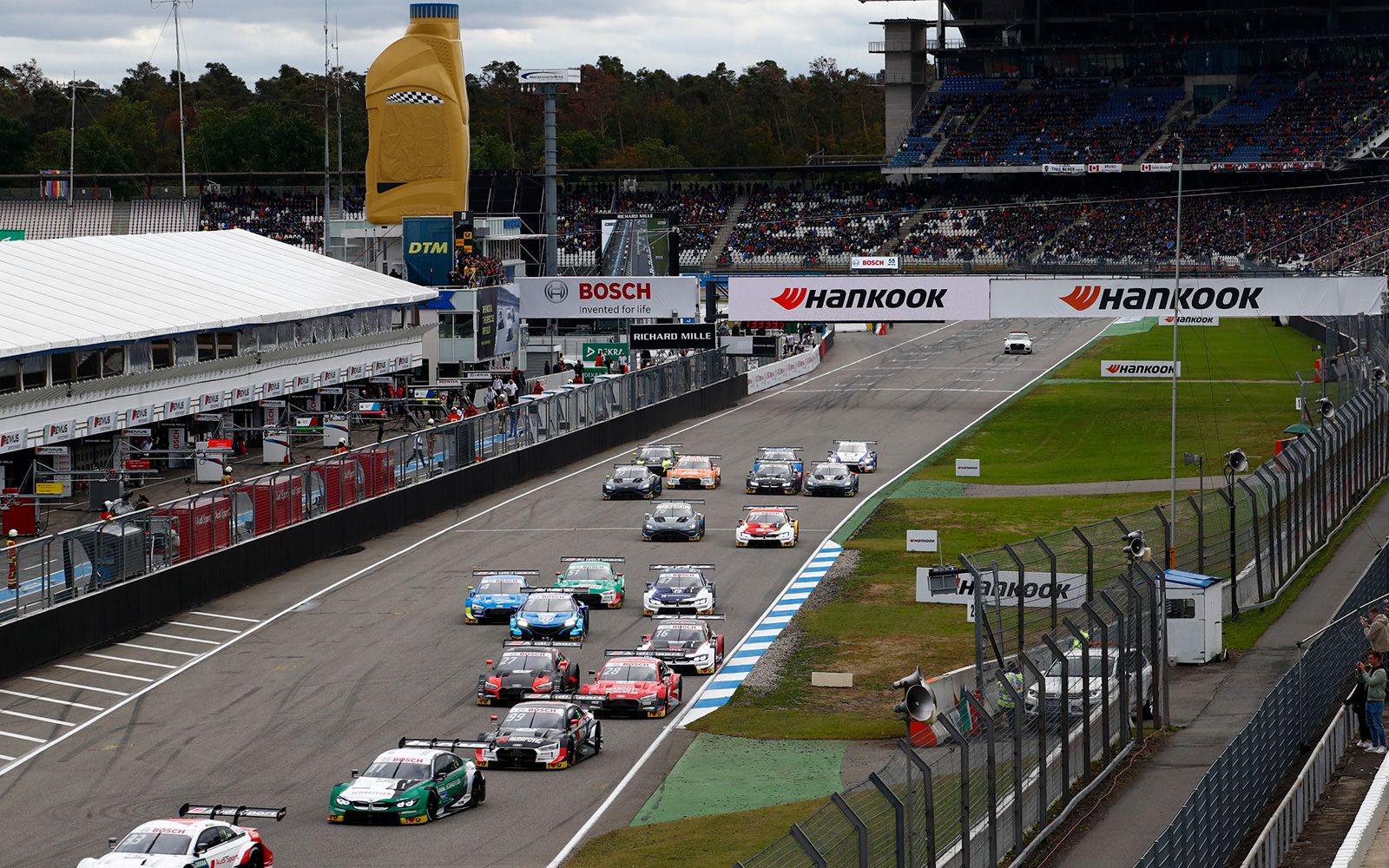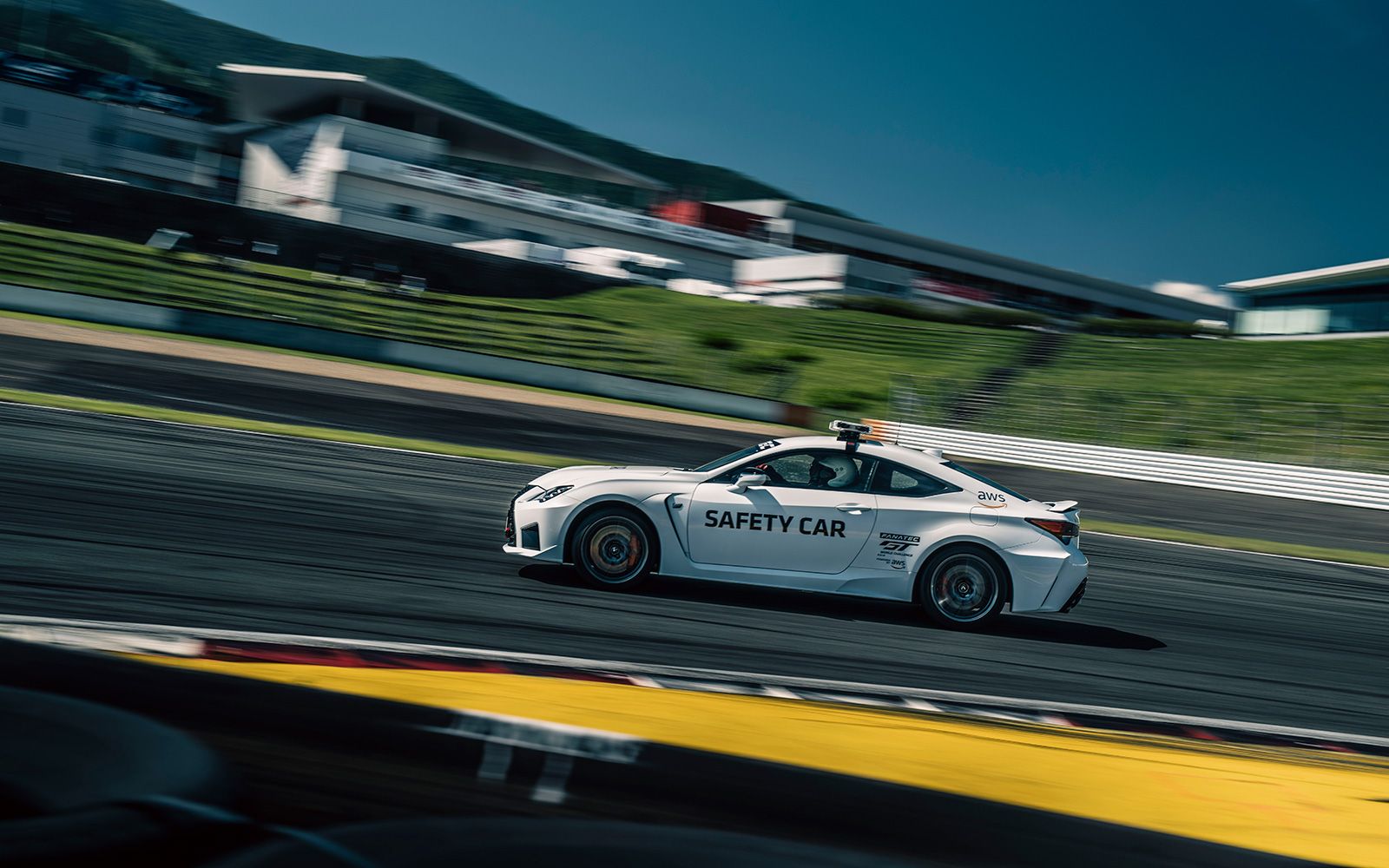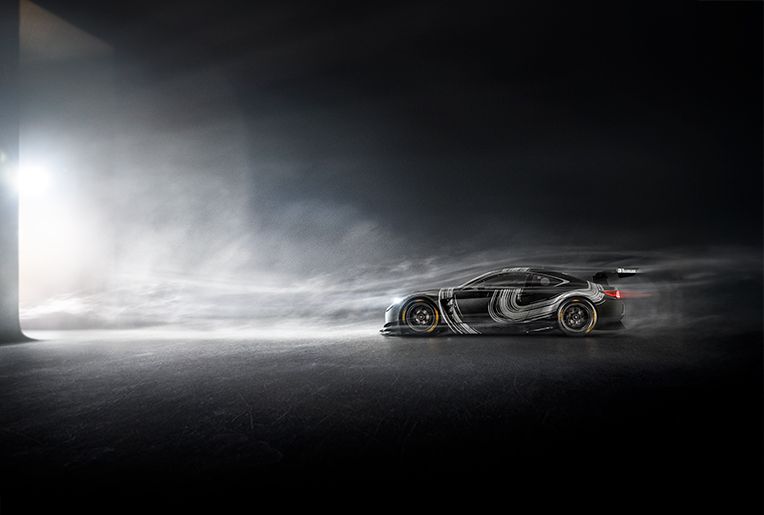However, one thing that unites many nations is their love for motorsports, and in particular, the pursuit of victory both on and off the track. A leading nation in motorsports, Britain a prime example of the intersection of national racing spirit. Hosting rounds of the Formula 1 and WRC, Britain is also home to 'Motorsports Valley,' a hub of numerous professional F1 teams. But it’s not just about racing the British love of driving stems from the country's extensive road network, the freedom and independence that driving provides, as well as its the rich history and culture of British motorsports. The British automotive industry continues to thrive: 10 of its major automotive brands founded over a century ago such as Aston Martin are still in operation. It goes down to a grassroots level, too: 16- to 18-year-old students can get a head start in the world of racing with a high-octane course in Mastering Automotive Engineering, which involves stints at the world-famous University of Oxford.
- GR GT, GR GT3, and Lexus LFA Concept World Premiere
Born from the powerful vision and strong passion of Master Driver Morizo, this new era is defined by three exceptional models: the GR GT, the GR GT3, and the Lexus LFA Concept.
- Lexus Electrified: A Bold New Direction
Since 2005, Lexus has been at the forefront of pioneering electrification in the luxury market.


